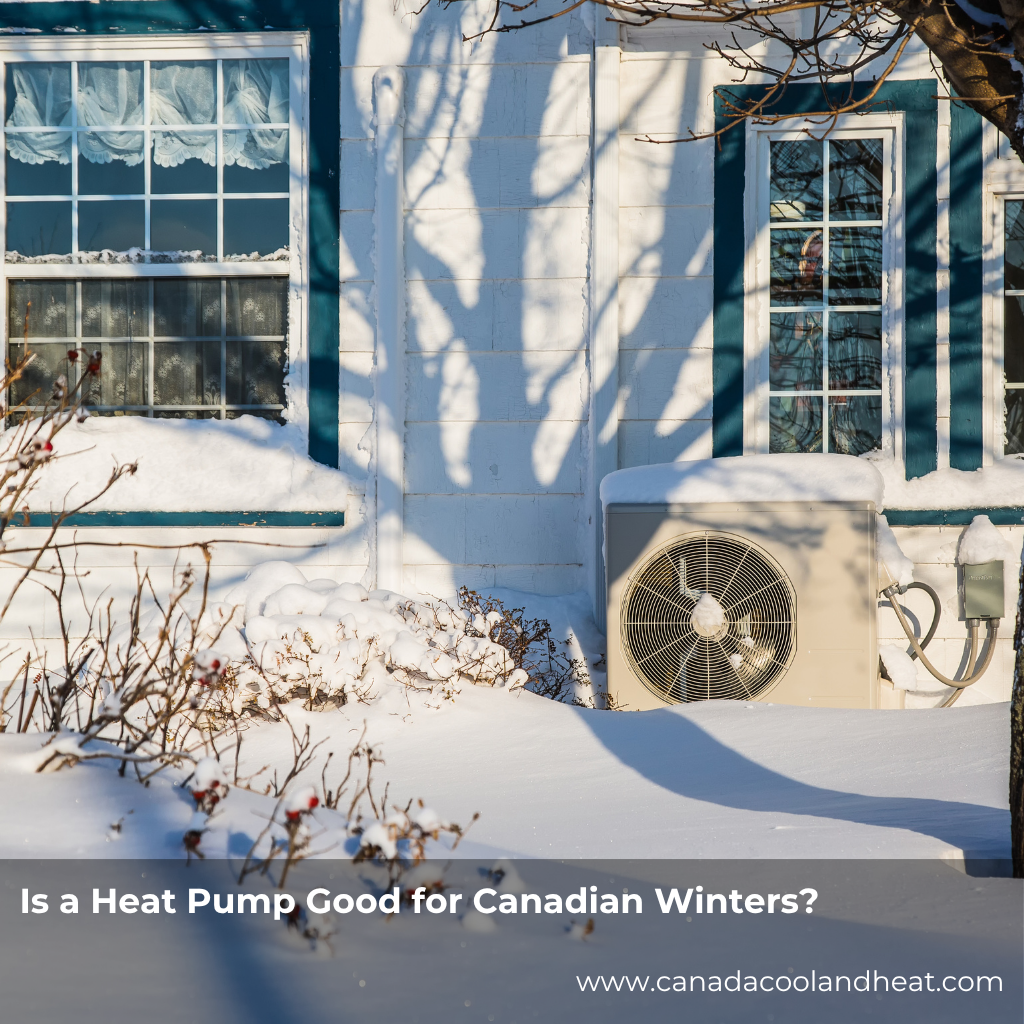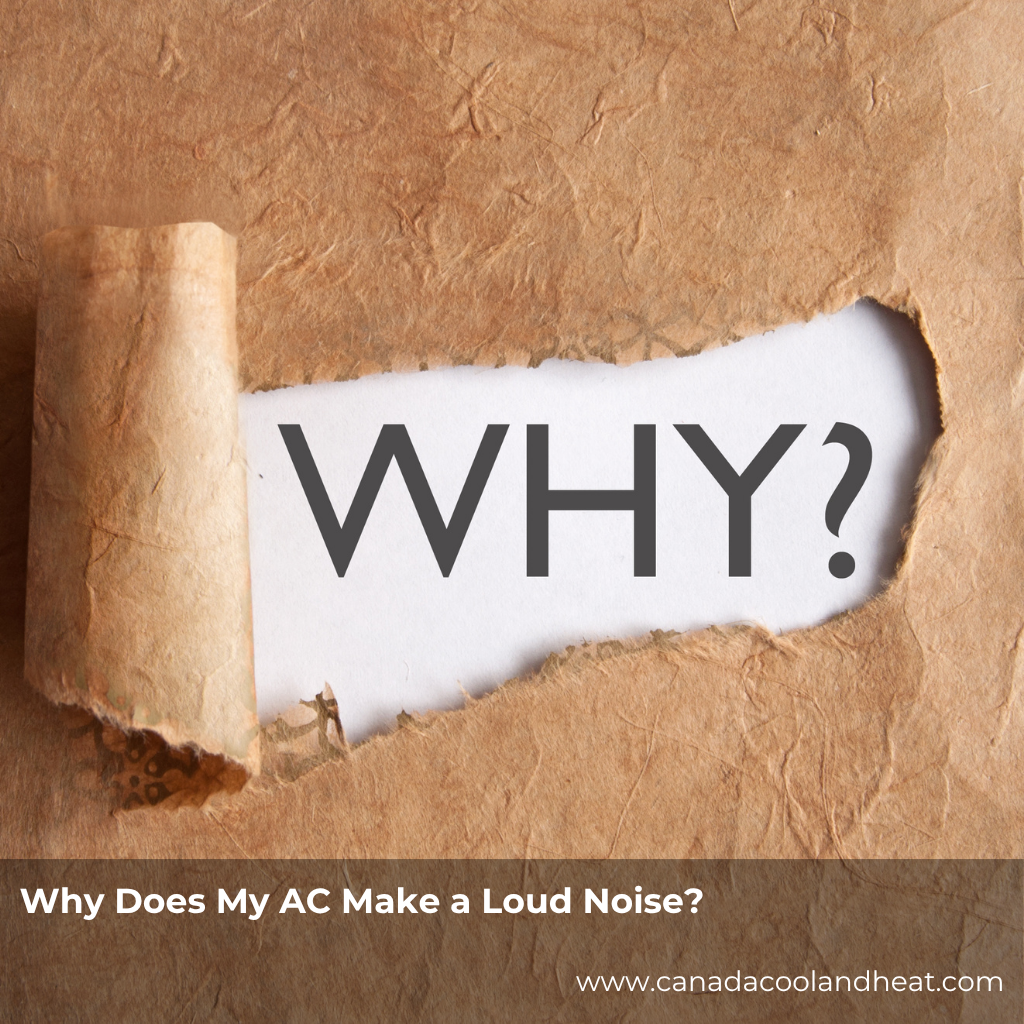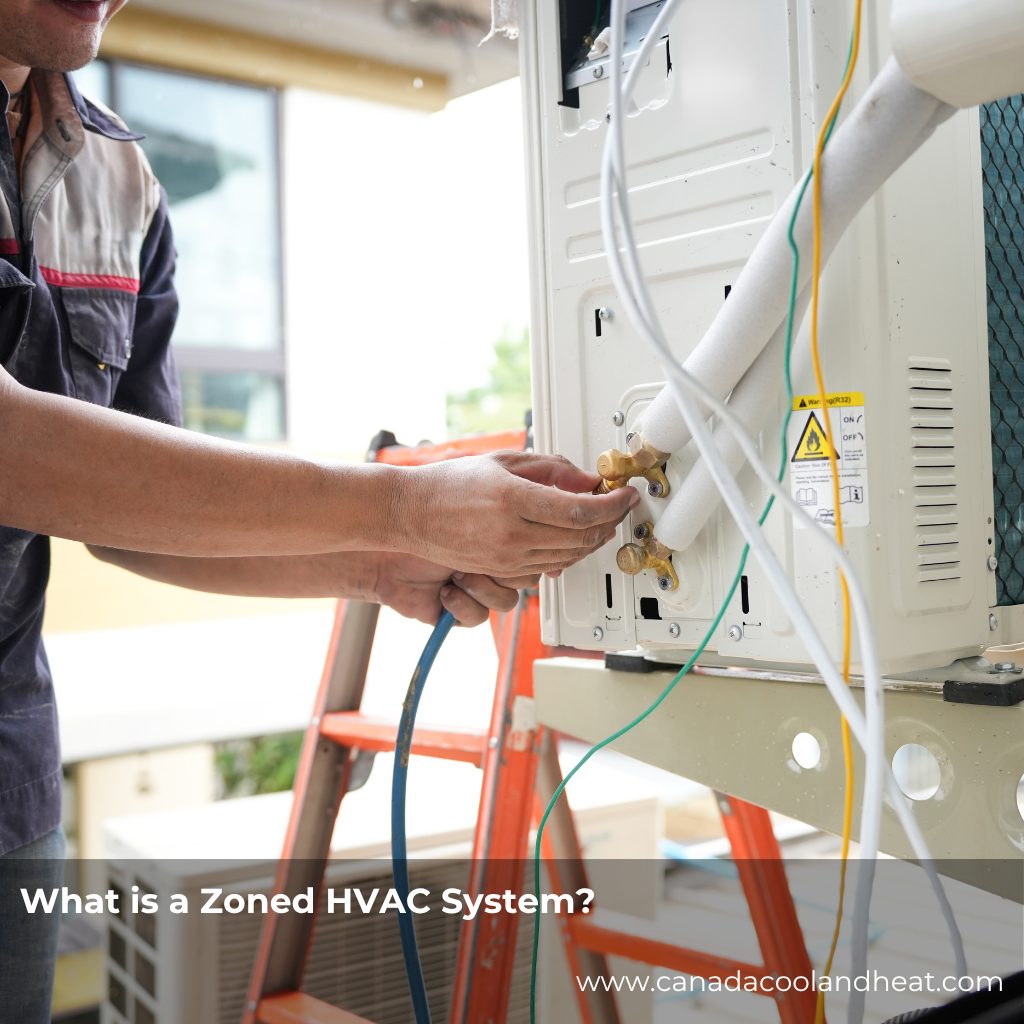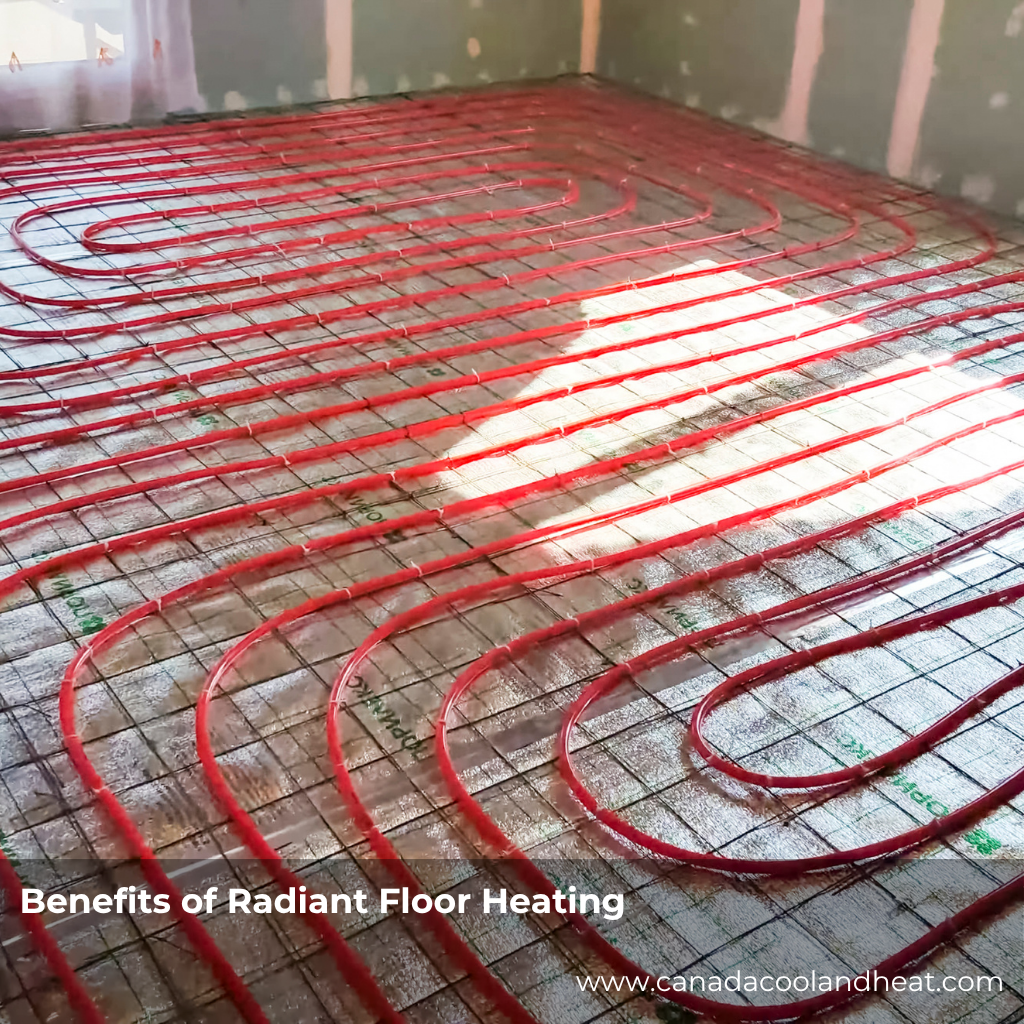The Hidden Role of Kitchen Ventilation in Winter Comfort
When you cook — whether simmering soup or searing steak — you release moisture, grease, and heat into the air. A vent hood’s job is to capture those contaminants and exhaust them outside. Simple enough, right?
But here’s the catch: every cubic foot of air that leaves your kitchen through that vent hood needs to be replaced. In a tightly sealed Canadian home, that air usually comes from… well, wherever it can. If your HVAC system isn’t balanced properly, that might mean pulling cold outdoor air in through small gaps, cracks, or even your chimney.
Why this matters in Canadian winters:
-
Heat loss: When warm air leaves your kitchen through the vent hood, your HVAC system must work harder to replace it with heated air.
-
Pressure imbalance: Oversized range hoods can create negative pressure, pulling in frigid outdoor air.
-
Humidity swings: Too much ventilation can make indoor air uncomfortably dry — already a challenge in Canadian winters.
So while your vent hood helps keep your kitchen air clean, it can also mess with your comfort and your utility bill if not properly sized and balanced.
The HVAC–Vent Hood Connection
Think of your HVAC system as the lungs of your home. It breathes in, conditions the air, and sends it back out. Now, your vent hood is like a temporary exhale — it pushes air out of the house.
When that happens, your HVAC has to compensate by pulling new air in. If your system isn’t equipped with a make-up air unit (MUA), it might pull unfiltered, unconditioned air through leaks or cracks, which can cause:
-
Cold drafts in nearby rooms
-
Reduced heating efficiency
-
Poor indoor air quality
Key takeaway:
Your kitchen ventilation and HVAC aren’t separate systems — they’re partners in the same dance. When one gets out of rhythm, the other feels it.
Sizing Guidelines for Kitchen Vent Hoods
One of the biggest mistakes homeowners make is choosing a vent hood based solely on looks or noise level. While those matter, sizing is the real key.
Here’s a quick guide:
| Cooktop Type | Recommended CFM (Cubic Feet per Minute) | Notes |
|---|---|---|
| Electric Range | 100 CFM per linear foot of cooktop | Less heat, less exhaust volume |
| Gas Range | 150 CFM per linear foot of cooktop | Higher heat + combustion gases |
| Professional Range | 250+ CFM per linear foot | Needs make-up air system |
| Island Hood | Add 100–150 CFM | More air circulation needed |
Example:
If you have a 30-inch (2.5-foot) gas cooktop, aim for at least 375 CFM. If you often do heavy cooking or frying, going slightly higher is okay — but balance is key.
The Importance of Make-Up Air Systems
In older, draftier homes, replacement air came naturally — through tiny leaks and gaps in walls or windows. But modern homes are airtight for energy efficiency. That’s great for your heating bill, but it makes proper ventilation design more critical than ever.
A make-up air system introduces fresh outdoor air to replace what’s exhausted by your vent hood. It can be pre-heated to avoid discomfort in winter, maintaining a healthy balance without chilling your home.
Benefits include:
-
Stable indoor pressure
-
Consistent HVAC performance
-
Better indoor air quality
-
Prevention of backdrafting from fireplaces or furnaces
In Canada, many building codes require make-up air systems for vent hoods over 400 CFM.
Energy Efficiency and the Bigger Picture
You might wonder — how does all this relate back to the big question: Is a heat pump good for Canadian winters?
Here’s the link: heat pumps are incredibly efficient at moving heat, but their performance depends on how well your home retains it. If your vent hood is pulling out warm air faster than your HVAC can replace it, even the best heat pump will struggle.
Proper kitchen ventilation — balanced with your HVAC system — helps maintain efficiency, indoor air quality, and comfort. In other words, yes, a heat pump can be great for Canadian winters, as long as your home’s air systems are harmonized.
Tips for Homeowners
-
Check your hood’s CFM rating before purchase. Bigger isn’t always better.
-
Install a make-up air system if your vent hood exceeds 400 CFM.
-
Work with an HVAC professional to balance your ventilation and heating systems.
-
Clean filters regularly to maintain airflow and reduce strain.
-
Seal leaks around doors, windows, and ducts to prevent pressure issues.
Conclusion
A warm, comfortable, and energy-efficient Canadian home isn’t just about having a powerful heat pump — it’s about creating harmony between your HVAC system and your kitchen ventilation. When your vent hood is correctly sized and balanced, you’ll breathe easier, cook cleaner, and stay cozy all winter long.
FAQs
1. How does a vent hood affect HVAC performance?
It removes indoor air, which must be replaced. If not balanced, this can cause drafts and reduce heating efficiency.
2. Do I really need a make-up air system?
Yes, if your vent hood exceeds 400 CFM. It ensures balanced air pressure and prevents cold air infiltration.
3. How do I know if my vent hood is too powerful?
If you notice drafts, cold spots, or difficulty heating your kitchen, your hood may be oversized or unbalanced.
4. Can a heat pump handle the extra load from ventilation loss?
A properly sized heat pump can manage it, but excessive air loss can reduce efficiency. Balancing is key.
5. What’s the best vent hood for a small kitchen?
Choose one rated between 150–250 CFM for most electric cooktops. Undercabinet hoods are efficient and space-saving.
6. How often should I clean my vent hood filters?
Monthly for heavy cooking, quarterly for light use. Clean filters improve performance and air quality.
7. Can improper ventilation cause backdrafting?
Yes. Negative pressure can draw combustion gases back into the home, which is dangerous.
8. What’s the ideal distance between the cooktop and hood?
Typically 24–30 inches for electric and 27–36 inches for gas ranges.
9. Are ductless range hoods effective in cold climates?
They filter grease and odor but don’t remove moisture or heat. A vented hood is best for Canadian winters.
10. Should I consult a professional for installation?
Absolutely. A licensed HVAC technician ensures proper sizing, airflow, and code compliance.






